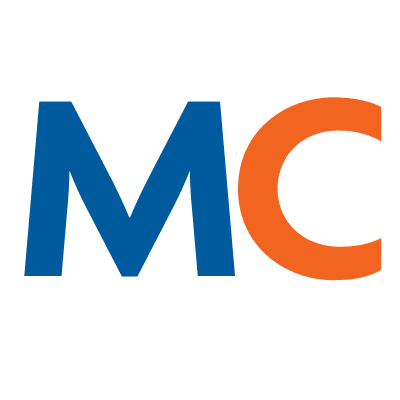- Solutions
- Solutions
- Home Health
- Hospice
- Life Plan Community
- Palliative Care
- Private Duty
- Senior Living
- Skilled Nursing
- Skilled Nursing
- Skilled Nursing Software
- Advanced Insights
- Customer relationship management
- Data and analytics
- Financial & operations management
- Marketing
- Nutrition management
- Referral management
- Regulatory compliance
- Retail management
- Resident engagement
- Revenue cycle management
- Skilled nursing interoperability
- Partners
- Blogs
- Resources
- About
- User Conference

Is high employee turnover in LTPAC keeping you up at night?
Employee engagement and employee retention are challenges that many industries face. Turnover rates have been steadily increasing as studies have shown rates of 15.6% in 2014 to 18.1% in 2016. The voluntary turnover rate for total health care is higher at 20.6% (in 2017). These rates are significantly higher for LTPAC with numbers in the high double digits (~40% – ~50%). The cost of such turnover can be significant from a monetary standpoint, where replacements can often cost 1.5x to 2.0x – this includes the cost of hiring, training, and overall productivity loss.
Employees are appreciating assets that produce more and more value to the organization over time, which helps explain why losing them is so costly.
The LTPAC is a human resource-driven industry with the need for registered nurses, personal care aides, nursing assistants, and retail resources. The ability to keep engagement high and reduce turnover is critical for the future of many senior living facilities.
There are several ways to drive employee engagement:
- professional training and growth
- positive team building
- competitive compensation
- recognition
- better staff involvement in operations.
The key to making impactful changes is the ability to quantitatively and qualitatively measure engagement, not as a one-time thing (as most organizations do with the annual engagement surveys) but to use a more pulse-based dynamic feedback loop.
One such tool often used to measure customer engagement is the ‘NPS’ or Net Promoter Score. The same concept can be applied to the use of eNPS (Employee Net Promoter Score) a simple framework for measuring engagement. This is often administered monthly by asking anonymously a simple question “On a scale of zero to ten, how likely is it that you would recommend this company as a place to work?”. Scores of 9 and 10 are considered promoters, scores of 0-6 are detractors and 7-8 are considered neutral. The eNPS score is the % of promoters – % of detractors. A positive score indicates an engaged workforce. The data can be sliced in many ways by the use of relevant classifiers such as location/facility and job roles. A second recommended question termed “feedback to management” can provide valuable actionable insights that help drive human resource strategies to reduce voluntary turnover. Insights are critical to building custom plans to help drive overall engagement and productivity.
The framework is lightweight and easy to implement within the enterprise by leveraging many commercial solutions or a very simple one from SurveyMonkey or Compdata Surveys.
At MatrixCare, we are committed to improving the lives of America’s seniors and those who care for them. LTPAC employees are at the root of this commitment.
Request a demo today for a closer look at MatrixCare.
See what MatrixCare can do for you
Olieda Swanson
Olieda Swanson is the Director of Professional Services and has served on the MatrixCare Professional Services Team for four years. She has over 10 years experience in home health and hospice software implementations and holds certifications in Professional Project Manager (PMP) and Certified Lean Six Sigma Black Belt (CLSSBB). Her journey in home health began over 25 years ago as a home health aide in a hospital-based home health agency, falling in love with the industry and never leaving. She prides herself on leading with a continual improvement focus while encouraging the team to continually improve our services for our customers. Olieda resides in central Ohio with her family.
Related Posts



See MatrixCare in action
Start by having a call with one of our experts to see our platform in action.
MatrixCare offers industry-leading software solutions. Thousands of facility-based and home-based care organizations trust us to help them improve efficiency and provide exceptional care.
© 2025 MatrixCare is a registered trademark of MatrixCare. All rights reserved.





